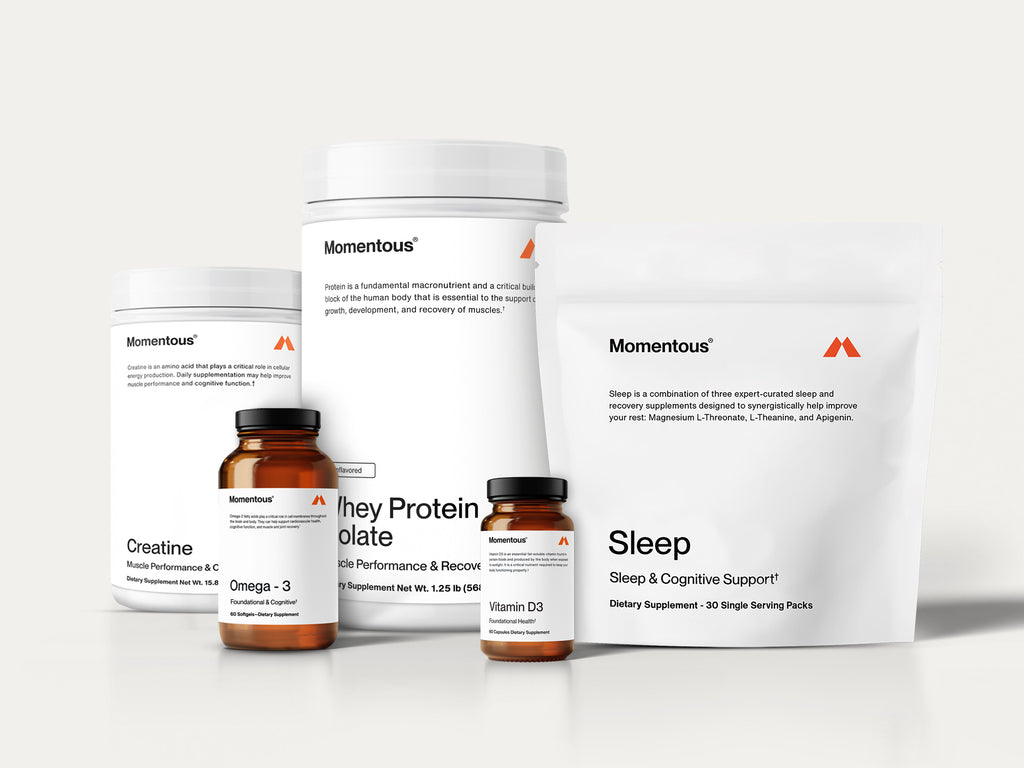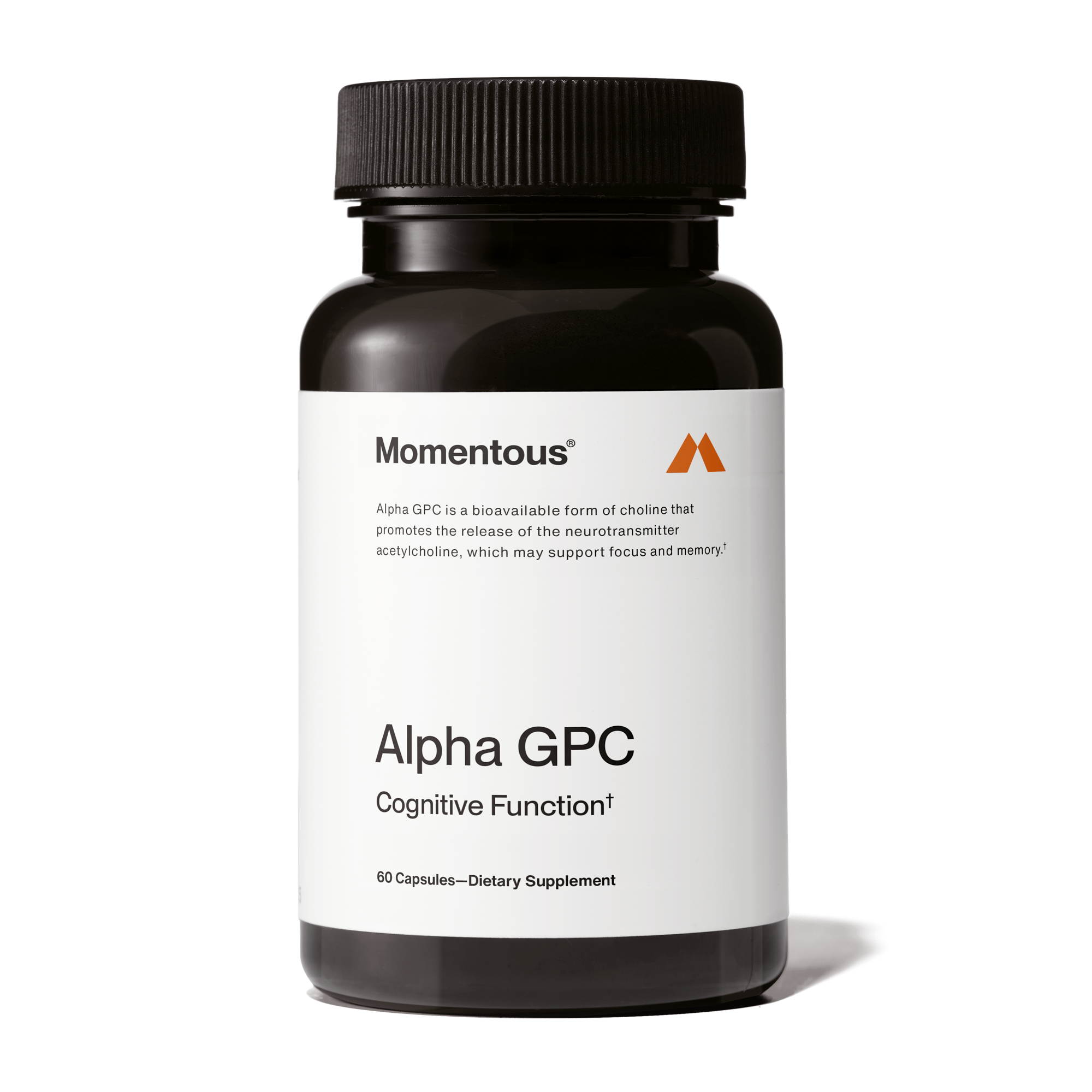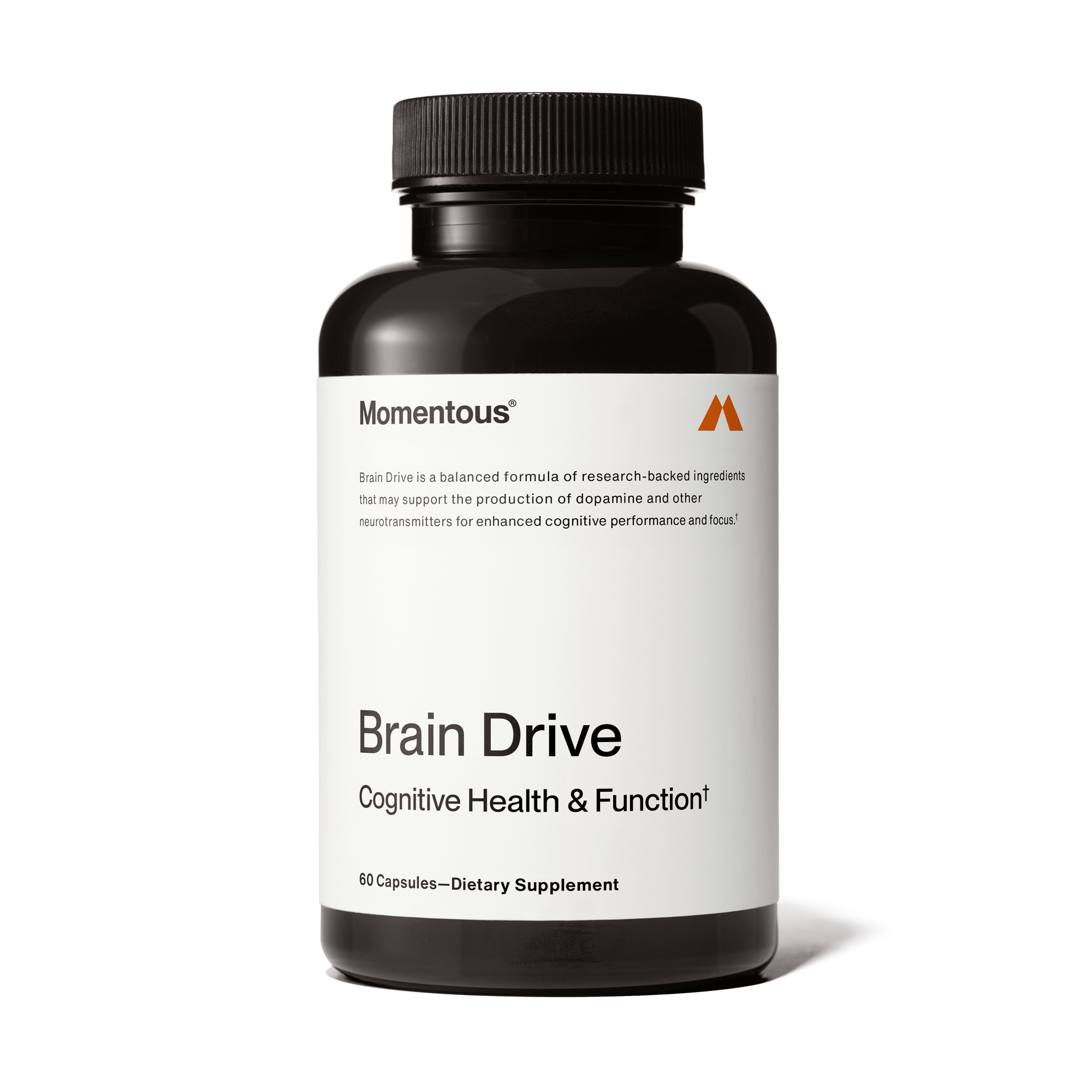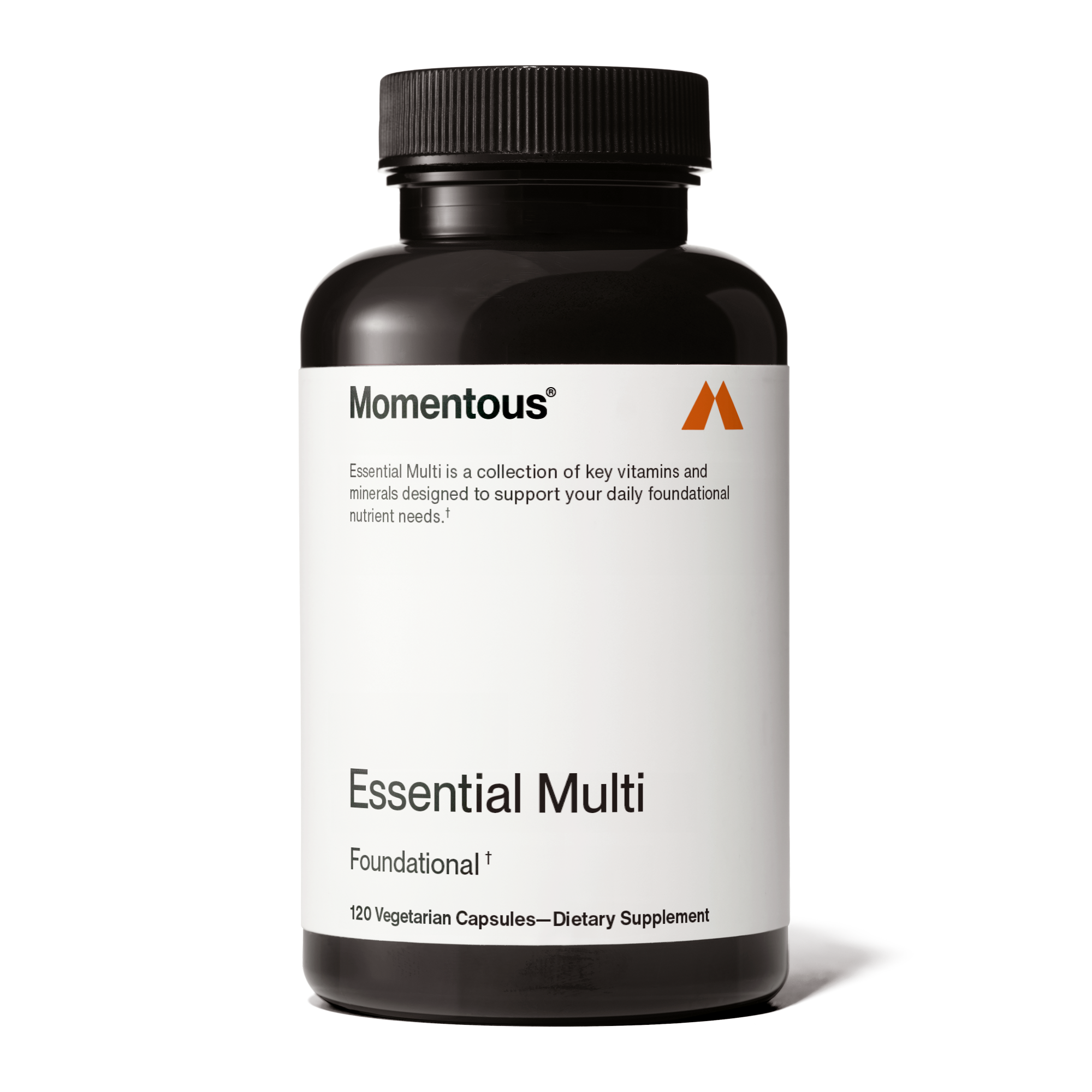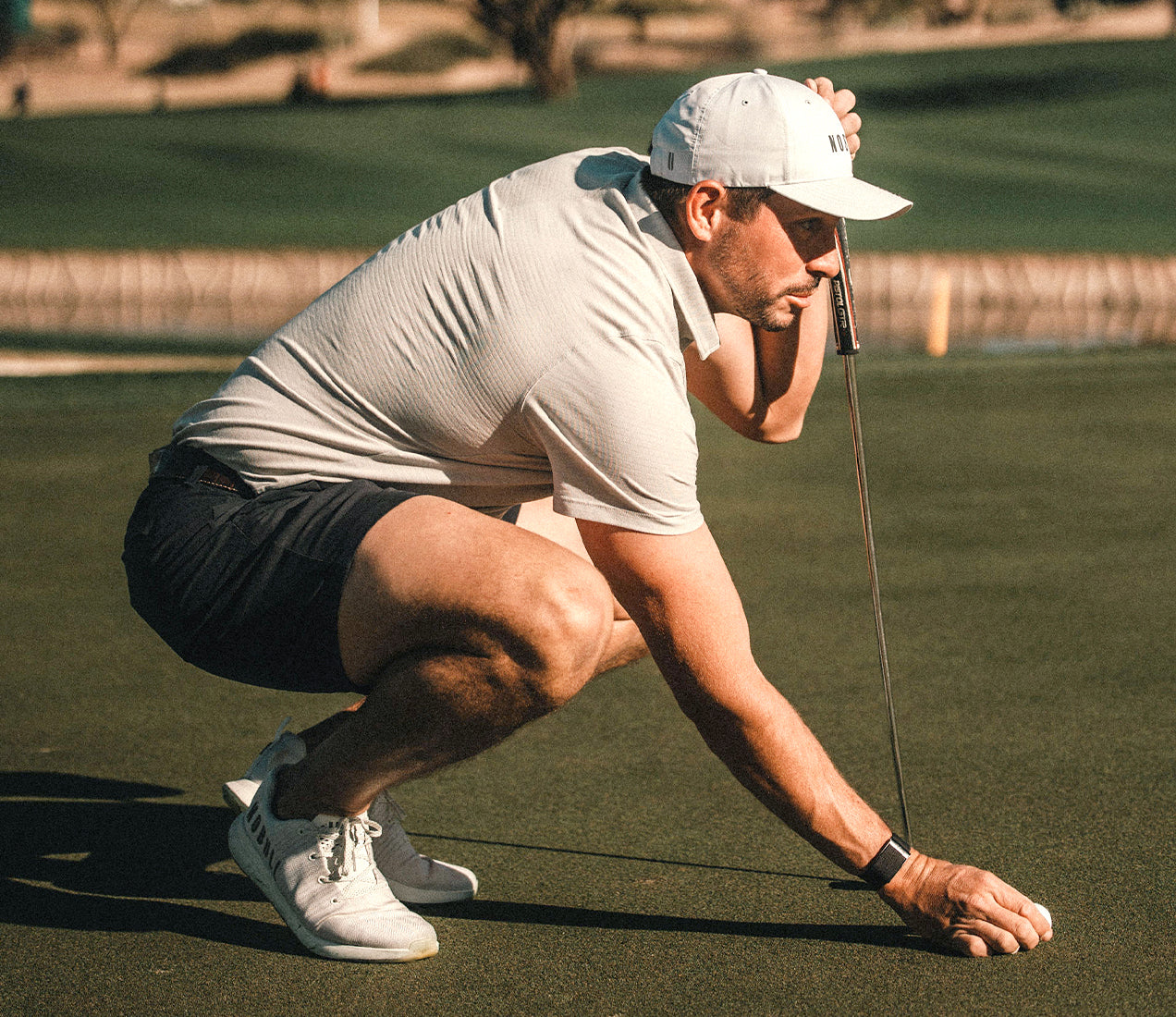Choline source that supports memory, focus + brain health
Daily nootropic blend for clarity, productivity + cognitive function
Whole-food–based formula to fill nutrient gaps for daily health
As some triathletes learn the hard way, it’s not possible to be at 100% fitness year-round. Consistency is great, and working hard at the appropriate time is, too. But unless you structure your training in a way that ebbs, flows, and builds to a specific crescendo—whether that’s a marathon, track championship, or FKT attempt—the chances are high that you’ll eventually plateau, burn out, or break down. The solution is a seasonal approach. By focusing on different things at different times of the year, you’ll keep your body guessing and growing, all while elevating your potential as an athlete. And that doesn’t just go for the running, cycling, and swimming part of training, but also for other components such as strength training, sleeping, hydrating, and fueling.
Periodization of Training
Even if you have no idea who Arthur Lydiard is, you—like most competitive endurance athletes today—probably practice some version of what he preached in the 1960’s. Arguably the most influential running coaches of all time, the New Zealand native not only popularized jogging among the masses, but he also offered more serious endurance athletes a better way to train.
This is what Lydiard’s periodized training system looks like:
-
Base Phase. A Lydiard-style season always begins with a few months dedicated to aerobic development. This is achieved by a few longer sessions per week (90 minutes to 2 hours), plus shorter easy sessions and a couple of up-tempo workouts so as to not get too flat.
-
Hill and Speed Phase. The next couple of months are all about strength. Hill training is the first focus, followed by classic track training, both designed to make you strong and durable.
-
Sharpening Phase. The sharpening phase is intended to get your legs fine-tuned and ready to race. Among Lydiard’s staple sharpening workouts, the time trial (at or below the distance of the upcoming race) is key.
-
Taper and Rest Phase. Finally, it’s time to back off, freshen up your legs, and prepare to put your hard work into action. Lydiard recommended a light 10 days of training before a target race, with daily sessions still in the mix, but big efforts saved for the opportunity ahead.
Beyond running, cycling, and swimming there are several other things that you may periodize as an athlete, whether deliberate or not. If you strength train, you probably back off in the week or so before a race, so your muscles have a chance to bounce back. Training, more or harder, revs up your appetite and intensifies your cravings for carbohydrates, protein, and whatever nutrients you’re short on. Harder training also increases your need for sleep, compared to times of rest and recovery.
Seasonal Supplementation
Your supplementation strategy is another area that may benefit from logical fluctuations that depend on what your training looks like and where you are in a given season. Here are four key nutrients and supplements to consider periodizing:
PROTEIN. Protein is usually associated with muscle repair and growth, which is accurate, but it can also enhance immune system functioning during periods of intense training. To maximize your benefits from all the miles you log and time you spend in the gym—both of which tend to be heaviest early in a competitive season—and to decrease your odds of falling ill, hit the protein a little harder during that window. Supplements can help you fill in the gaps when you can’t quite meet your needs through food alone. Choose a general protein (grass-fed whey or plant-based), or go for one crafted specifically for recovery.
VITAMIN D. Like protein, vitamin D (sometimes called the “sunshine vitamin”) is also involved in muscle repair and recovery. But unique to this vitamin, we can get it through the things we eat as well as through sun exposure. Depending on where you live, when you train, how light or dark your skin is, and how much clothing and/or sunscreen you use, the amount of vitamin D you obtain from the sun can vary widely. If you don’t get many rays—because you live in the Pacific Northwest, train fully clad, or train before the sun comes up, for example—it’s a good idea to keep an eye on your vitamin D levels, and increase your intake during seasons that you historically run low. Wintertime is a particularly vulnerable time of year, and one in which many athletes safeguard their vitamin D stores with a supplement.
CREATINE. Creatine is an amino acid that we produce ourselves (in the liver, pancreas, and kidneys) and that we can also consume through foods and supplements. Research suggests it acts as a performance enhancer when taken pre-exercise, as well as a recovery aid when taken post-exercise. When combined with resistance training, creatine can increase fat-free mass, strength, and fatigue resistance. Knowing all that, during times of year that you’re looking to build lean muscle, gain strength and power, and recover optimally, it’s worth thinking about adding more creatine to your regular mix. Performance Creatine was engineered to do just that.
IRON. If you’ve ever been low on iron—as female athletes are especially susceptible to—you know how hard it is to train well, and function otherwise, in a state of lethargy. That’s because iron is an important component of hemoglobin, located in your red blood cells and responsible for transporting oxygen to your cells (including those in your muscles and brain). In addition to menstruating athletes, individuals at risk of having low iron are those who don’t get enough iron in their diets (often but not always in the form of too little red meat), who train intensely, who sweat a lot, and who run a lot on hard surfaces. All distance runners would do well to get their iron and ferritin levels checked once or twice a year, and to consider upping their iron during periods of heavy training and high sweating.
Year-Round Supplementation
While some supplements may benefit from a periodized approach, others are most effective when they’re taken daily, no matter where you are in a season. Here are two of the big ones:
COLLAGEN. As one of the main building blocks of connective tissues (including bones, muscles, tendons, and ligaments), collagen has been likened to “the ‘glue’ that holds all these things together.” For triathletes, who are highly susceptible to connective tissue injuries, collagen should not be overlooked. But it can be difficult to consume as much collagen as your body needs, since you have to get it from the connective tissues of animals (or in bone broth form). Fortunately, there’s strong evidence suggesting that supplementing with collagen and vitamin C, its essential cofactor, leads to greater collagen synthesis in the body. Long-term use of Collagen Peptides, which comes with the vitamin C you need, can help with sustained joint health and injury prevention.
OMEGA-3. Omega-3 fatty acids are a specific type of unsaturated fat that are involved in several parts and processes throughout the body, including the muscles, brain, and cardiovascular system. For athletes, they do even more, potentially impacting reaction time, muscle recovery, inflammation, and muscle protein synthesis. But despite all that, the majority of athletes demonstrate inadequate Omega-3 fatty acid intake. Stay on top of your game by taking Omega-3, a daily fish oil supplement that contains the two most important Omega-3 fatty acids (EPA and DHA) in a highly bioavailable form.
Takeaways
The human body is amazingly adaptive. By approaching supplements as you would a race season or Ironman build-up—with some doses held steady and other ones that fluctuate based on where you are in a particular training and competition cycle—you’ll optimize their benefits, and your performance should follow suit. When in doubt about which supplements to be taking when, it’s always a good idea to talk to your doctor, a registered dietician, or better yet, both.


